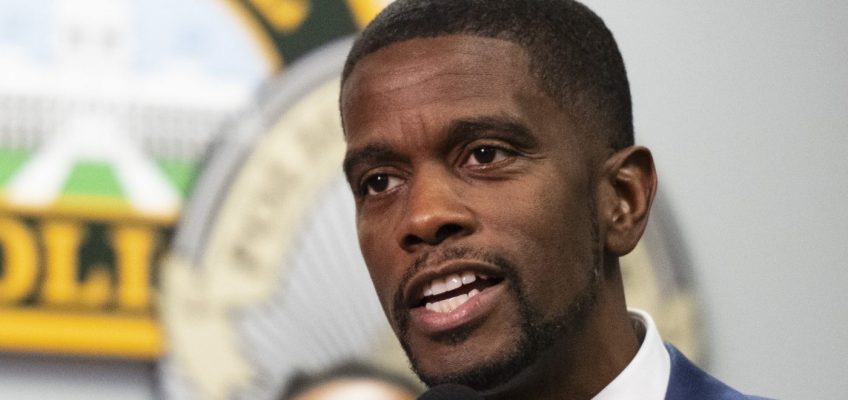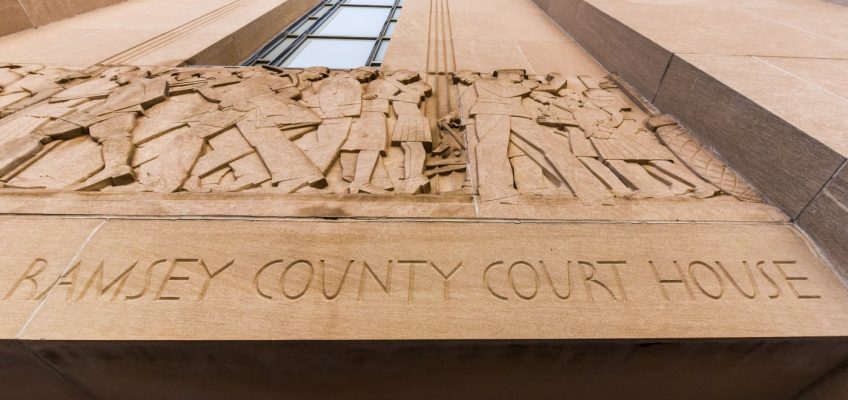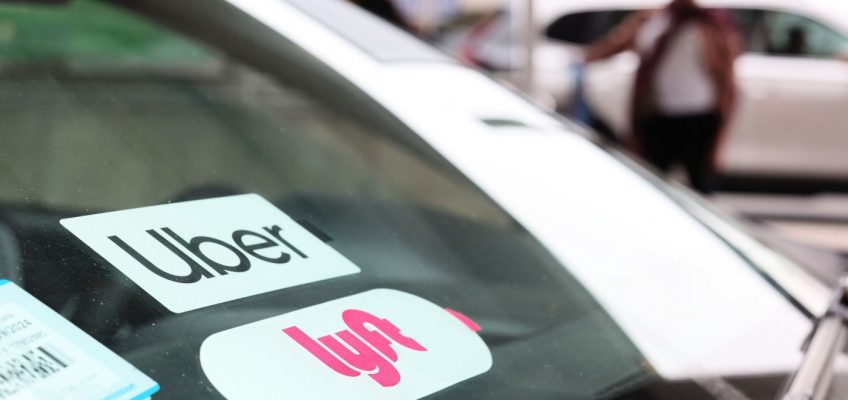In no uncertain terms, the White House has called out St. Paul Mayor Melvin Carter and other city leaders in St. Paul, Chicago, New York and Los Angeles for immigrant-friendly policies that the president claims protect “killers, rapists and drug dealers.”
The written warning of sorts from the Trump administration goes beyond political posturing. It comes a day after new leadership at the U.S. Small Business Administration issued a “Day One” memo shuttering SBA regional offices in so-called “Sanctuary Cities” and moving them to “communities that comply with federal immigration law,” as reported by the Denver Post.
Carter on Tuesday responded with equally pointed commentary of his own, noting in a written statement that St. Paul police officers solve murder investigations at twice the national rate and have cut violent crime by double digits.
“If the President wants real solutions to avoid a repeat of the record homicide surge America suffered during his first term, we’re happy to help,” the mayor said.
Chicago Mayor Brandon Johnson last month called the White House’s performance overseeing the country “raggedy” and said if anyone questioned what the U.S. would look like had the Confederacy won, “there should be no question now. They want us to be afraid. Do not be afraid, Chicago.”
Minnesota Attorney General Keith Ellison and other legal minds around the country have noted the U.S. Constitution prevents the federal government from demanding that states enforce federal laws, including federal immigration enforcement.
The White House on Tuesday responded by putting St. Paul at the top of a list of five locales that would allow “vicious criminals … to roam our streets.” The list noted that Immigration and Customs Enforcement recently arrested a Sudanese national, a Mexican national and a Laotian national convicted of criminal sexual conduct against minors.
“Minnesota Attorney General Keith Ellison warns law enforcement of ‘liability if they enforce immigration detainers’ and says protecting communities from violent illegal immigrant criminals is ‘not our job,’” reads the White House statement. “Mayor Melvin Carter says targeting violent illegal immigrant criminals is ‘threaten[ing] our safe spaces’ and calls it a ‘rapidly alarming situation.’ St. Paul City Council Vice President Hwa Jeong Kim reminds constituents that the police department ‘cannot and does not cooperate with ICE.’”
Also listed by name in the White House statement were U.S. representatives from New York and Chicago, the mayor of Los Angeles and the attorney general of Washington state.
The White House’s claims gloss over some nuances. Even so-called “sanctuary cities” that have made it their policy not to share information with ICE tend to make exceptions for wanted violent criminals and others formally charged with serious crimes such as child molestation.
Carter said last month that while city employees are not allowed to ask residents about immigration status as they distribute city services and conduct city business, “if someone who is a citizen commits a crime in our city, we stop at nothing to hold them accountable. That doesn’t change as a result of citizenship status, either.”
In early February, Ellison — a frequent critic of the Trump administration on legal grounds — issued an eight-page legal opinion that found Minnesota county jails cannot legally hold detainees for ICE past their sentences without a criminal warrant. Ellison noted most immigration detainers issued by ICE are civil requests, not criminal warrants, leaving counties open to lawsuits if they indefinitely detain someone who has already served their criminal sentence and is not wanted on fresh charges.
Related Articles
Over a St. Paul Valentine’s Day lunch hour, judges married 21 couples for free in Ramsey County
St. Paul ordinance says city employees don’t ask about immigration status. How does it work?
St. Paul considers impact of Trump’s efforts to unravel green initiatives
St. Paul Mayor Melvin Carter signals intent to run for a third term
St. Paul mayor, city council each say their budget decisions were legally sound. What happens next is unknown.




